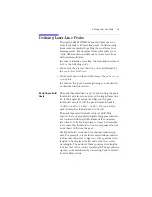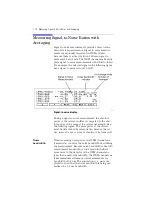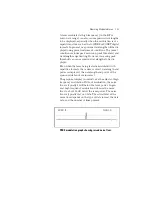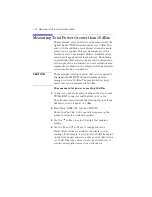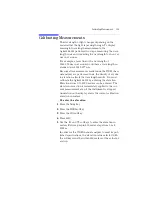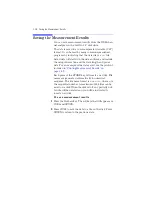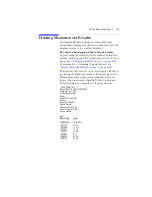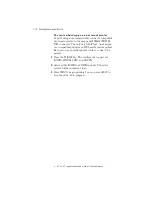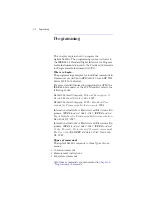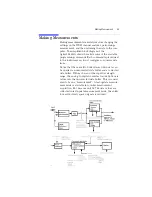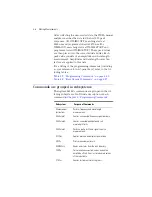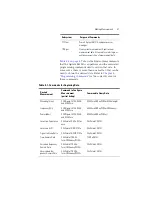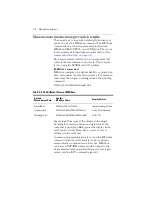
Measuring Modulated Lasers
3
-
23
A laser modulated at high frequency (in the RF or
microwave range) can also cause spurious wavelengths
to be displayed, especially when the modulation is of a
repetitive nature such as that of PRBS or SONET digital
formats. In general, no spurious wavelengths will be dis-
played using preset instrument conditions. The preset
condition includes peak excursion, peak threshold, and
wavelength range limiting. However, increasing peak
threshold can cause spurious wavelengths to be dis-
played.
Even when the laser being tested is modulated with
repetitive formats, the carrier’s correct wavelength and
power is displayed; the wavelength and power of the
spurious sidebands are incorrect.
The graphical display is useful to see the effects of high
frequency modulation. Without modulation, the noise
floor is typically 45 dB below the laser power. In gen-
eral, high frequency modulation will raise the noise
floor to about 25 dB below the laser power. The noise
floor is typically flat, or white. The actual level of the
noise floor depends on the type of data format, the data
rate, and the number of lines present.
PRBS modulation graph showing raised noise floor.
Summary of Contents for 86121A
Page 2: ...User s Guide Agilent 86121A WDM Channel Analyzer ...
Page 7: ......
Page 10: ...Chapter 1 Getting Started ...
Page 21: ......
Page 24: ...Agilent 86121A Front and Rear Panels 2 3 Agilent 86121A Front and Rear Panels ...
Page 25: ...2 4 Agilent 86121A Front and Rear Panels ...
Page 27: ...2 6 WDM Channel Analyzer Display The S N with Averaging display ...
Page 32: ...The Softkeys 2 11 The Setup menu ...
Page 33: ...2 12 The Softkeys The Disk menu The Printer menu ...
Page 35: ...2 14 Changing the Printer Paper Changing the Printer Paper ...
Page 37: ......
Page 191: ......
Page 205: ...7 14 Regulatory Information Declaration of Conformity ...
Page 239: ......

